Yes, we’re still gushing about “Double Indemnity,” the film noir classic from 1944. Deal with it. Oh, and happy Valentine‘s weekend, btw!
Billy Wilder‘s great prototype film noir turns 70 this year and yet it never gets old. Starring Barbara Stanwyck, Fred MacMurray and Edward G. Robinson, the movie boasts a screenplay that Wilder co-wrote with Raymond Chandler, based on James M. Cain‘s novel, which was inspired by actual events.
Here’s why we hold the picture dear to our hearts, dearies.
14. As film noir historian and author Foster Hirsch put it, at a recent screening at the Aero Theatre in Santa Monica, “It’s the quintessential film noir. This is the mother lode, primary source film noir. It’s the basis for every film noir you’ve ever loved.”
13. Someone with the name Walter Neff turns out to be a tough guy.
12. All Walter has to do to escape punishment is sit tight. Yet, his ego drives him toward a final confrontation with his lover/partner in crime. He’s so damn human.
11. Barbara Stanwyck’s Phyllis Dietrichson is a fashion victim. She’s so damn human.
10. The first time Phyllis shows up at Walter’s apartment, she says she is returning his hat (which he supposedly left at her house) but the previous scene clearly shows him taking his hat as he leaves. Still, there’s so much tension between them, who cares?!
9. The door to Walter’s apartment opens the wrong way (it shields Phyllis on one of her visits) but you’re so caught up in the story you hardly notice.
8. You could buy Phyllis Dietrichson’s house for $30,000.
7. You could have a beer at a drive-in restaurant, served by a car-hop, no less.
6. The look of supreme satisfaction on Phyllis’s face at the moment her husband is murdered.
5. Stanwyck and MacMurray both took a risk and played against type.
4. Edward G. Robinson almost steals the show and it’s really a bromance between his character and MacMurray’s Walter Neff.
3. Raymond Chandler makes a cameo appearance, about 16 minutes into the movie, at Walter’s office building.
2. It’s perfectly paced – you can watch it over and over and it moves along lickety split every time, leaving you wanting more.
1. It truly ranks as a classic flick – it’s as fresh, sexy and funny today as it was in 1944. The writing, acting, directing cinematography, lighting, art direction are matchless.
Do you love “Double Indemnity” as much as we do? Then let us know!
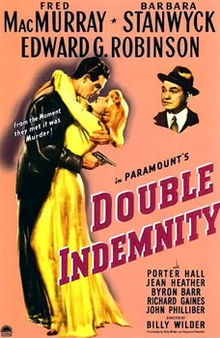
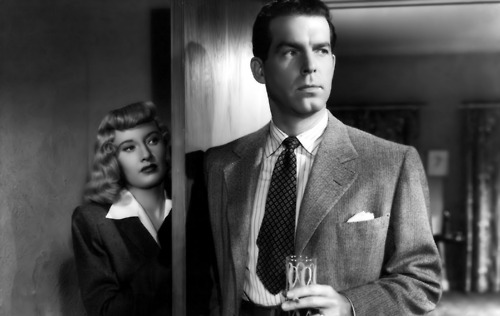





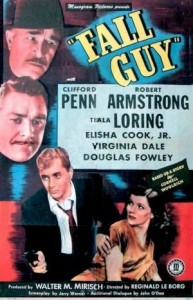
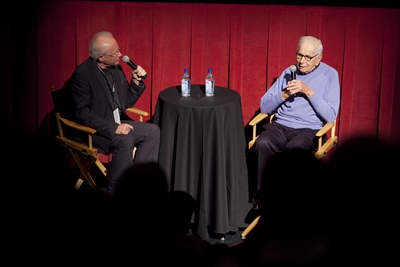
![NC_Chicago225[1]](http://www.filmnoirblonde.com/wp-content/uploads/2011/08/NC_Chicago2251-214x300.jpg)
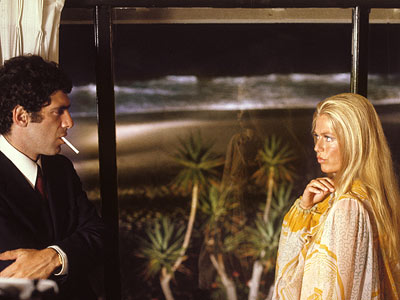
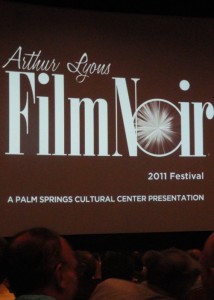
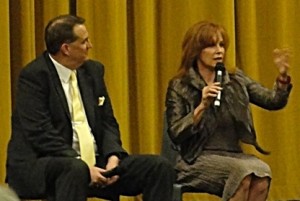
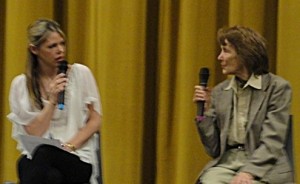
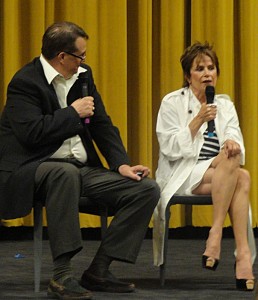
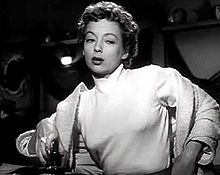
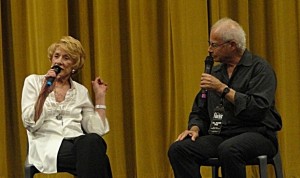
![220px-Loophole[1]](http://www.filmnoirblonde.com/wp-content/uploads/2011/05/220px-Loophole11-196x300.jpg)

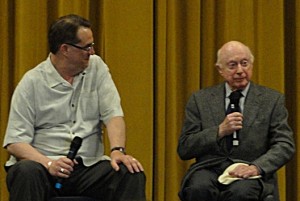
![220px-DamnedDontCry[1]](http://www.filmnoirblonde.com/wp-content/uploads/2011/05/220px-DamnedDontCry11-210x300.jpg)
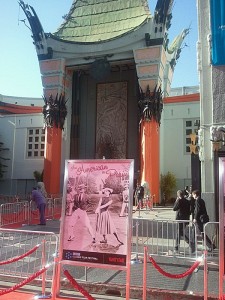
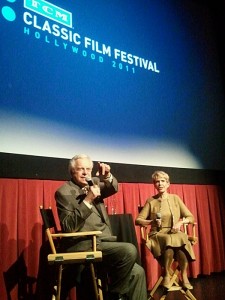






From FNB readers